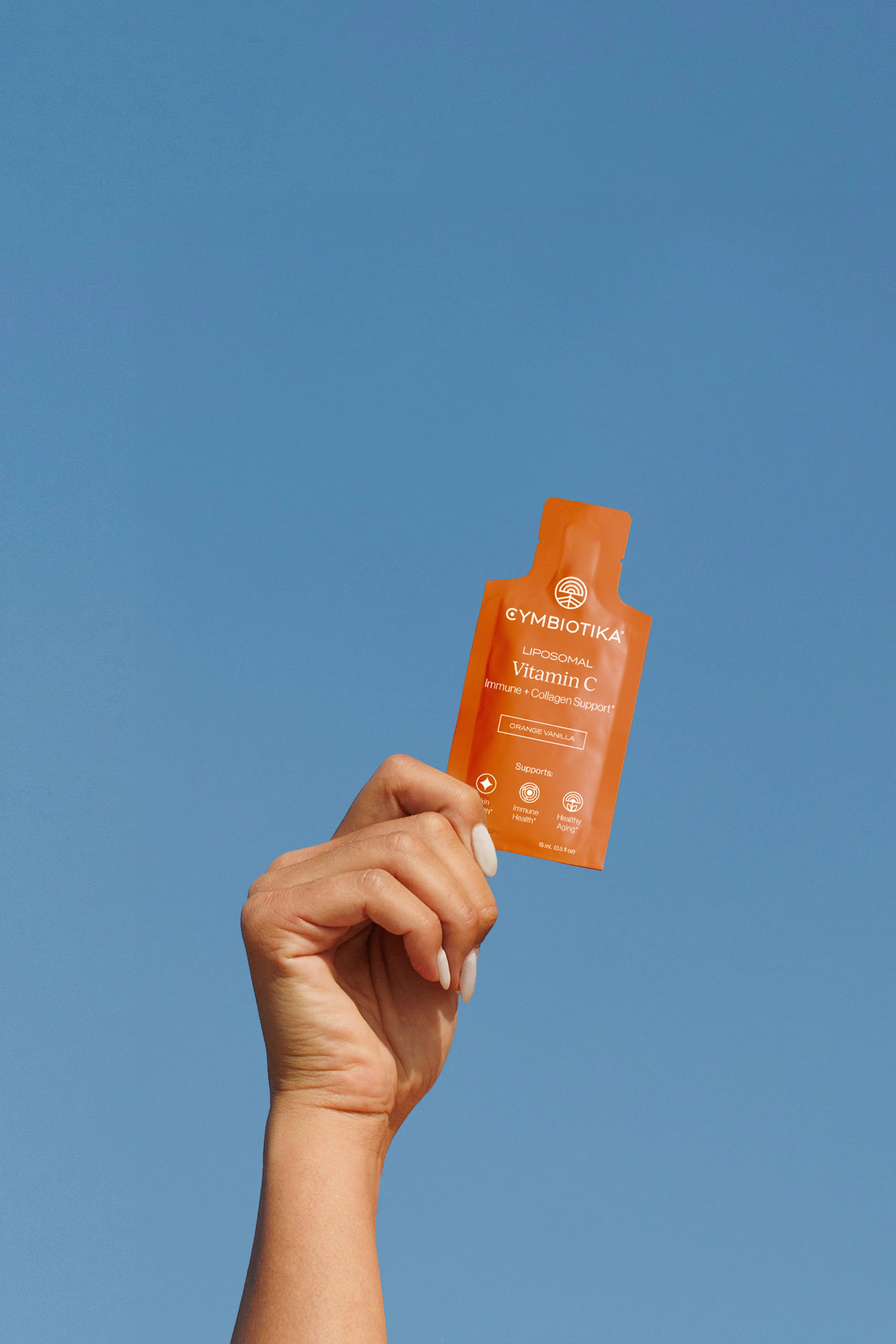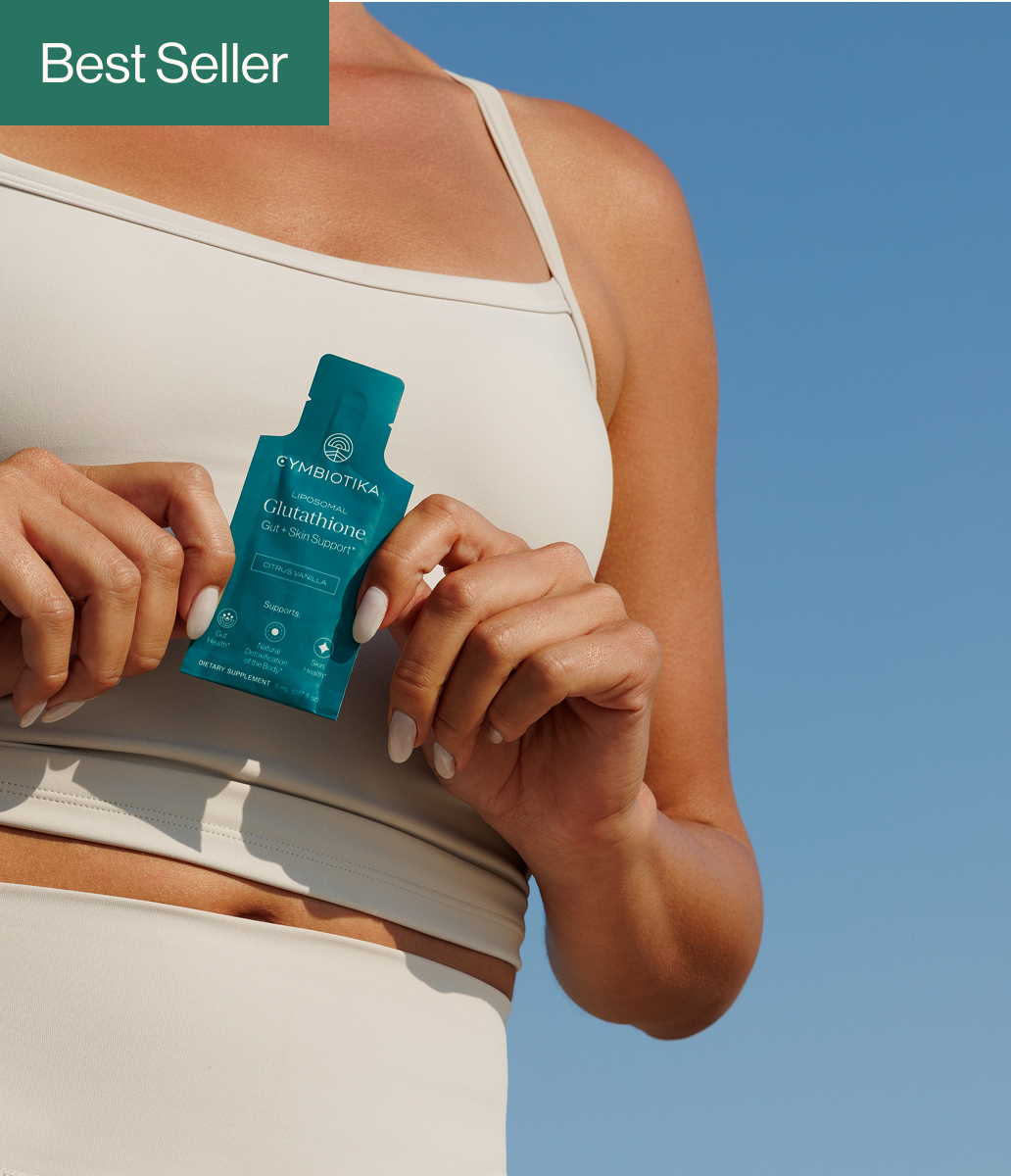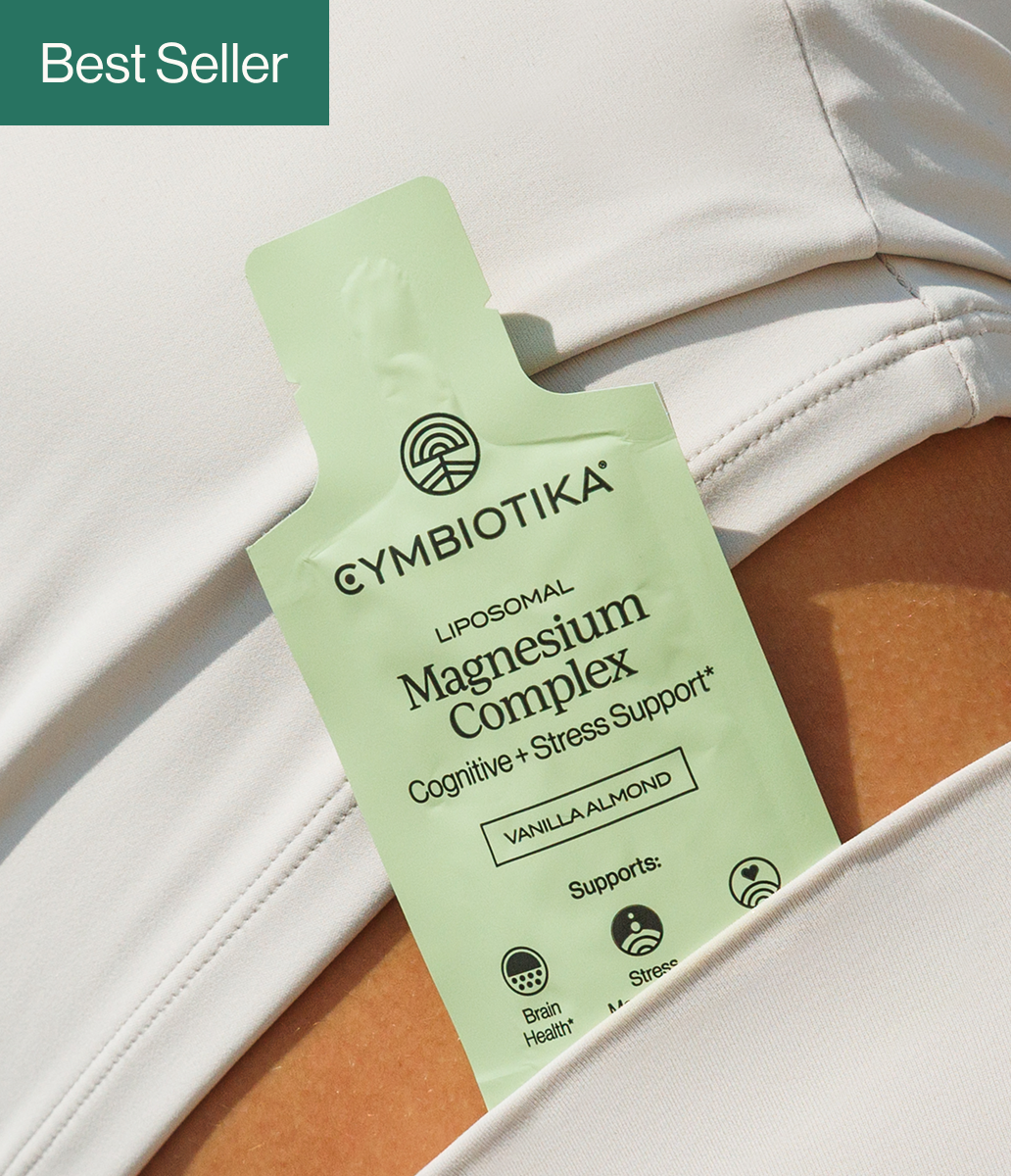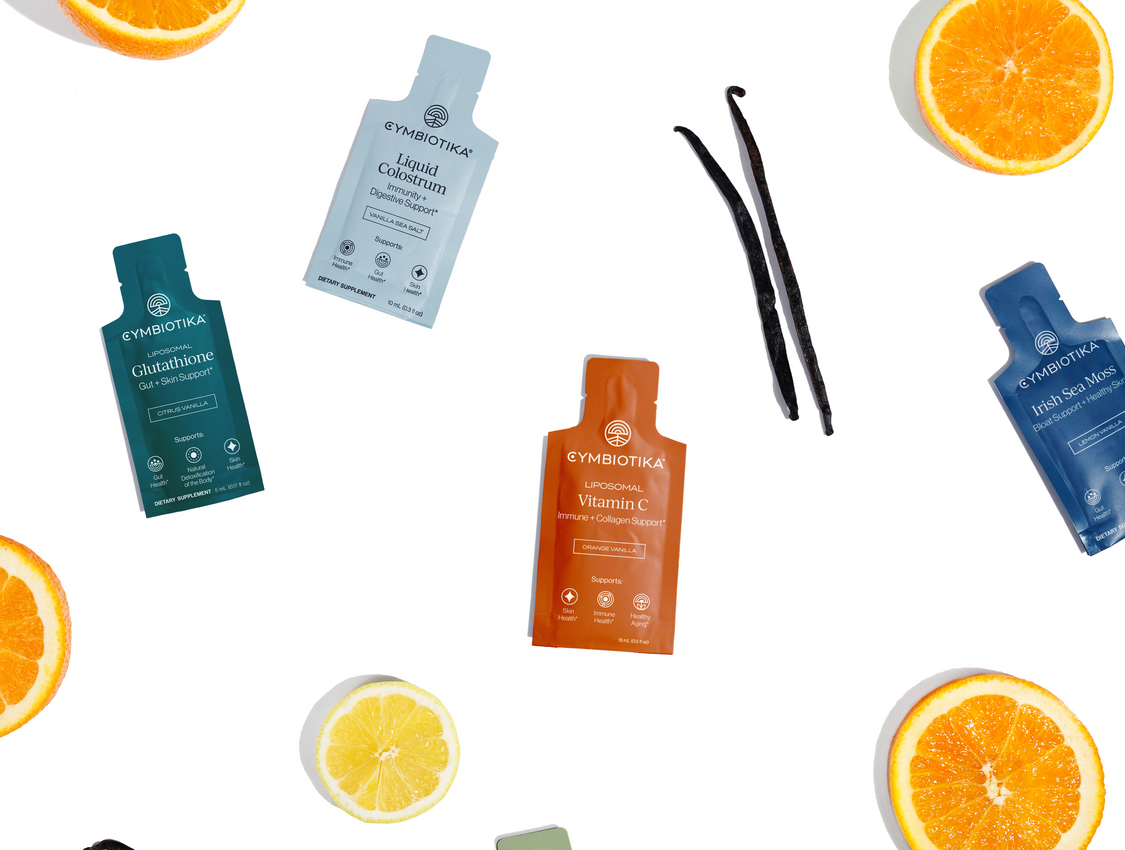
Food is one of the most basic necessities, but we all have a choice in exactly what foods we choose to nourish ourselves with. Some diets make us feel bloated and uncomfortable; others fill us with energy and vitality. Despite our different tastes and needs, one thing is for sure.
You can’t go wrong with a little extra vitamin C.
In fact, vitamin C is an essential nutrient. If you’re looking to increase your intake—and feel like a better, healthier you in the process—look no further. We’ve got the scoop on the best vitamin C foods to create a healthy diet and just what to do with them.
The Importance of Vitamin C
Most people associate vitamin C with health and wellness—the ultimate cold remedy. That’s why products like Emergen-C and daily vitamin supplements are so popular. But how exactly does vitamin C help our bodies and minds?
- Antioxidative properties protect us against free radicals – Antioxidants are powerful protectants against free radicals, which cause cell damage through oxidative stress. Proper amounts of vitamin C can neutralize those adverse effects.
- Boosts our immune defense to fight off illness and infection – Vitamin C plays a key role in our body’s immune defense by fortifying a literal barrier against pathogens, killing invasive bacteria, and clearing out infection sites to prevent tissue damage.
- Vital to the growth and health of our tissues, bones, and more – Vitamin C also plays a part in producing and synthesizing collagen, a vital building block for healthy bones, connective tissues, muscles, and even your skin. However, consider including a vitamin C serum into your skincare routine if you are looking to take advantage of vitamin c skincare benefits, or interested in learning how to use vitamin C serum.
Because vitamin C is a water-soluble vitamin, our body can’t store it the way it does for fat-soluble vitamins, like vitamin A or D. There’s no such thing as stockpiling vitamin C in our bodies the way a camel stores water for long journeys. To maintain adequate levels and prevent vitamin C deficiency, we need to constantly nourish our bodies with vitamin C-rich foods.
Top 8 Foods High in Vitamin C
The daily recommended amount of vitamin C is between 75 and 90 mg, plus another 35 mg if you smoke and as much as 120 mg total for breastfeeding women.
When daily intake is practically a necessity, we need more than one option for vitamin C rich food. If you make good use of these nutrient-rich fruits and vegetables, you can create a balanced, colorful diet day in and day out—after all, variety is the spice of life and food.
#1 Raw Peppers
A colorful diet of veggies and fruits helps support your overall health and immune system. And when it comes to adding a little color to your diet, sweet, raw peppers are an amazing choice:
- Yellow bell pepper – A half-cup has 137 mg of vitamin C for 152% of your daily value (based on a 90 mg daily recommended amount).
- Red bell pepper – A half-cup has 95 mg of vitamin C for 106% of your daily value.
- Green bell pepper – A half-cup has 60 mg of vitamin C for 67% of your daily value.
#2 Citrus Fruit
Oranges are perhaps the foods most commonly associated with vitamin C, for a good reason. But it’s not the only member of the citrus family with substantial vitamin C content:
- Orange – A medium orange has 70 mg of vitamin C for 78% of your daily value.
- Grapefruit – A medium grapefruit has 78 mg of vitamin C for 87% of your daily value.
- Lemons – The average lemon has 31 mg of vitamin C for 51% of your daily value.
As an added bonus, these fruits are sweet and delicious, making them one of the most enjoyable ways to consume your recommended daily amount.
#3 Non-Citrus Tropical Fruits
To round out your fruit salad, you can also find substantial amounts of vitamin C in other tropical fruits such as:
- Guava – One cup has 377 mg of vitamin C for 419% of your daily value.
- Kiwi – One cup has 167 mg of vitamin C for 185% of your daily value.
- Papaya – One cup has 88 mg of vitamin C for 98% of your daily value.
#4 Melons
Melons are yet another vitamin C-rich category of fruits, and there are a variety to choose from:
- Cantaloupe – A medium cantaloupe has 203 mg of vitamin for 225% of your daily value.
- Honeydew – A medium honeydew has 180 mg of vitamin for 200% of your daily value.
It’s important to note that you don’t usually sit down and eat an entire melon in one go. Still, one large wedge of cantaloupe has 37.4 mg, and the same serving from a honeydew contains 22.5 mg—not bad for a single slice of melon.
#5 Strawberries
A half-cup of these delicious berries contain 49 mg of vitamin C, which makes up 53% of your daily value. With just one full cup of fresh, sliced strawberries, you’d easily meet your minimum daily recommendation.
#6 Fruit Juices
Who says you have to chew your fruits and vegetables to enjoy the benefits of vitamin C? Fruit juices have very high vitamin C content, sometimes even higher than the actual fruit they’re squeezed from:
- Orange juice – A three-quarter cup has 93 mg of vitamin C for 103% of your daily value.
- Grapefruit juice – A three-quarter cup has 70 mg of vitamin C for 78% of your daily value.
- Tomato juice – A three-quarter cup has 33 mg of vitamin C for 37% of your daily value.
Fruit juices tend to be very high in sugar, with some natural but some added for flavor. Take a good look at the sugar content while shopping, and aim for all-natural or low-sugar juice, if possible.
#7 Leafy Greens
Dark, leafy greens are often considered superfoods for their vitamin C content, among many other nutrients and benefits:
- Raw kale – A cup has 80 mg of vitamin C for 89% of your daily value.
- Raw mustard spinach – A cup has 195 mg of vitamin C for 217% of your daily value.
Most vegetables don’t pack quite as much of a vitamin C punch after being cooked, but both kale and spinach still hold up, no matter what kind of dish they’re in:
- Cooked kale – A cup has 53 mg of vitamin C for 59% of your daily value.
- Cooked mustard spinach – A cup has 117 mg of vitamin C for 130% of your daily value.
#8 Cruciferous Vegetables
Unlike most vitamin C jackpots, which are more beneficial eaten raw, this classification of vegetables actually increases in vitamin C value when cooked:
- Cooked broccoli – A half-cup has 51 mg of vitamin C for 57% of your daily value.
- Cooked Brussels sprouts – A half-cup has 48 mg of vitamin C for 53% of your daily value.
- Cooked cauliflower – A half-cup has 27 mg of vitamin C for 30% of your daily value.
- Cooked cabbage – A half-cup has 28 mg of vitamin C for 31% of your daily value.
These vegetables are good sources of vitamin C even before they hit the pot to boil, the oven to roast, or the pan to fry. A half-cup of raw broccoli still contains 39 mg of vitamin C, and raw cauliflower is more or less the same as cooked.
Recipes Rich in Vitamin C
To enjoy the full effects of many of these vitamin C motherloads, you’re best off consuming them raw. While some can withstand and even benefit from the effects of pan-frying, searing, or roasting, many lose some of their vitamin C content after lengthy storage periods and cooking with heat.
Here are a few easy, effective ways to hold onto the vitamin C goodness that makes these superfoods so important.
Fruit Smoothies
You’ve got plenty of vitamin C-rich fruits to choose from—now all you need is the perfect smoothie recipe.
- Tropical Smoothie – Use pineapple juice, coconut water, or mango nectar as your liquid base. Then, throw in a scoop of plain yogurt, a small scoop of protein powder, a handful of flax or chia seeds, and diced kiwi, papaya, guava, and strawberries.
- Citrus Smoothie – Combine one large pink grapefruit, a half-cup of pineapple, a half-cup of strawberries, freshly squeezed lemon juice, a tablespoon of Cymbiotika’s Liposomal Synergy Vitamin C, crushed ice, and another half-cup of Greek yogurt. Blend to perfection.
- Green Smoothie – The “green” comes from hearty doses of both kale and spinach, masked by the sweet fruity taste of mango, pineapple, and kiwi. The final health boost comes from fresh ground ginger, with almond milk as the perfect non-dairy substitute.
You can also use your masterful creations as the base for a smoothie bowl, topped with oats, your favorite nut butter, coconut shavings, more fresh fruit, and a tablespoon of Liposomal Elderberry Defense.
Yogurt Parfaits
Start your morning with a breakfast of Greek yogurt, oats, and a fruit of your choice. You can’t go wrong with diced strawberries or something more tropical like guava or kiwi.
Drizzle a tablespoon of Organic Longevity Mushrooms immunity booster for added flavor and a serious vitamin C upgrade.
Salads, Salads, and More Salads
If your crisper drawer is full of raw vegetables that need to be used up ASAP, you can never go wrong with a salad. Practically every ingredient is high in vitamin C and the ones that don’t have other beneficial vitamins and nutrients to round out your meal.
Here are a couple of classic can’t-miss combinations:
- Broccoli Cauliflower Pepita Salad – Toss together diced broccoli, cauliflower, red bell pepper, onion, and shelled pepitas (pumpkin seeds). Drizzle the mixture with a light homemade dressing of mayonnaise, yogurt, red wine vinegar, Dijon mustard, palm sugar, and salt.
- Strawberry Spinach Summer Vegetable Salad – Combine strawberries, spinach, and sliced roasted almonds. Top it all off with a light lemon zest or apple cider vinegar dressing.
Don’t forget about the power of a good fruit salad. Throw together your favorite fruits, from citrus to melon and beyond, cover with a sweet dressing, and dig in!
Roasted Vegetables
Prepare a pan of cauliflower, broccoli, Brussels sprouts, and sweet potatoes using salt, pepper, olive oil, garlic, and other spices for flavor. After baking for half an hour or so at 425 Fahrenheit, you can use these veggies as the base for Buddha bowls, alongside tofu or falafel in a wrap, or as a simple vitamin-packed side dish for your main course.
Get Your Daily Dose with Cymbiotika
When you don’t have time to prepare a meal or even blend a smoothie, you still need your daily vitamin C intake to stay healthy and well.
Cymbiotika makes it easy to hit the mark every single day.
With our Wellness Bundle, you’ll be able to incorporate our three most vitamin C-enriching formulations into everyday meals (or simply squeeze yourself a spoonful of our liposomal vitamin C and gulp it down—zero preparation necessary).
Made with organic, vegan ingredients and free of everything you avoid in pursuit of your healthiest self, Cymbiotika can boost your daily diet to new heights—without losing the delicious tastes and nutritional variety you love and need. Browse our selection of immune defense supplements for additional support for overall health and wellness.
Sources:
National Center for Complementary and Integrative Health. Antioxidants: In Depth. https://www.nccih.nih.gov/health/antioxidants-in-depth
Nutrients. Vitamin C and Immune Function. https://www.ncbi.nlm.nih.gov/pmc/articles/PMC5707683/
Indian Journal of Clinical Biochemistry. Vitamin C in Disease Prevention and Cure: An Overview.
https://www.ncbi.nlm.nih.gov/pmc/articles/PMC3783921/
StatPearls. Biochemistry, Water Soluble Vitamins. https://www.ncbi.nlm.nih.gov/books/NBK538510/
National Institutes of Health, Office of Dietary Supplements. Vitamin C – Fact Sheet for Consumers. https://ods.od.nih.gov/factsheets/VitaminC-Consumer/
National Institutes of Health, Office of Dietary Supplements. Vitamin C – Fact Sheet for Health Professionals. https://ods.od.nih.gov/factsheets/VitaminC-HealthProfessional/
Healthline. 20 Foods That Are High in Vitamin C. https://www.healthline.com/nutrition/vitamin-c-foods
Healthline. 6 Evidence-Based Health Benefits of Lemons. https://www.healthline.com/nutrition/6-lemon-health-benefits
MyFoodData. Top 10 Foods Highest in Vitamin C. https://www.myfooddata.com/articles/vitamin-c-foods.php#vitamin-C-density-by-gram
U.S. Department of Agriculture. Honeydew melon, raw. https://fdc.nal.usda.gov/fdc-app.html#/food-details/1102669/nutrients
MyFoodData. Cooked Cauliflower. https://tools.myfooddata.com/nutrition-facts/170397/wt9
























